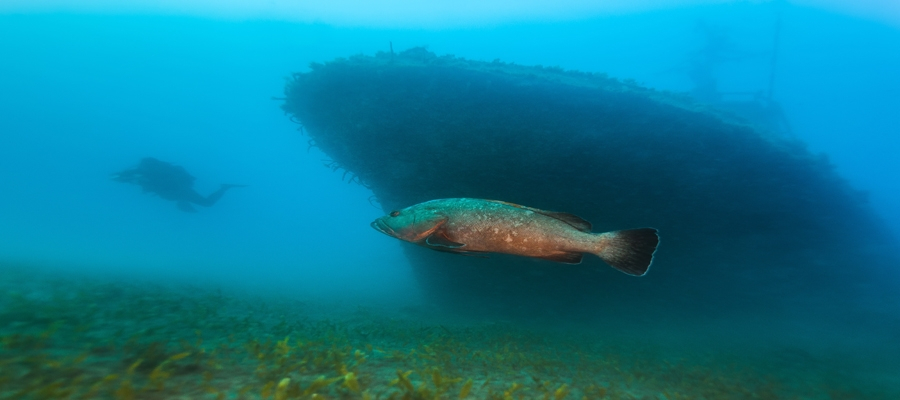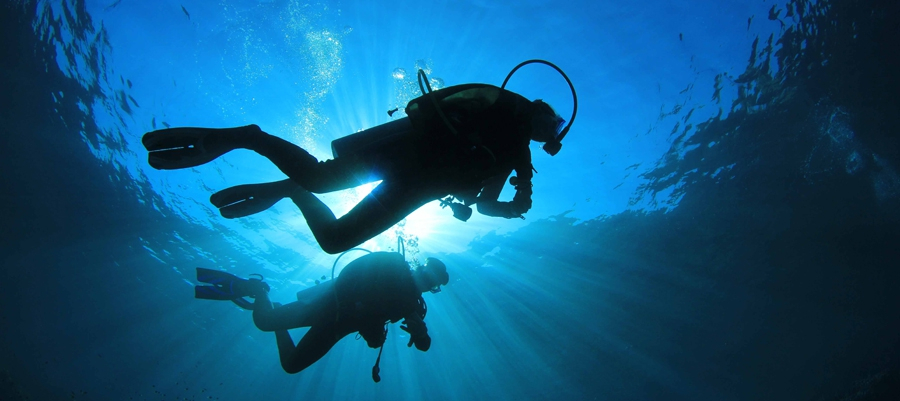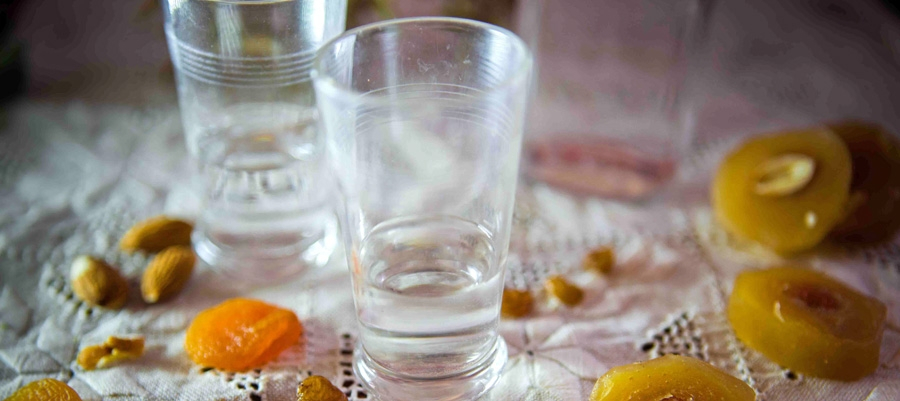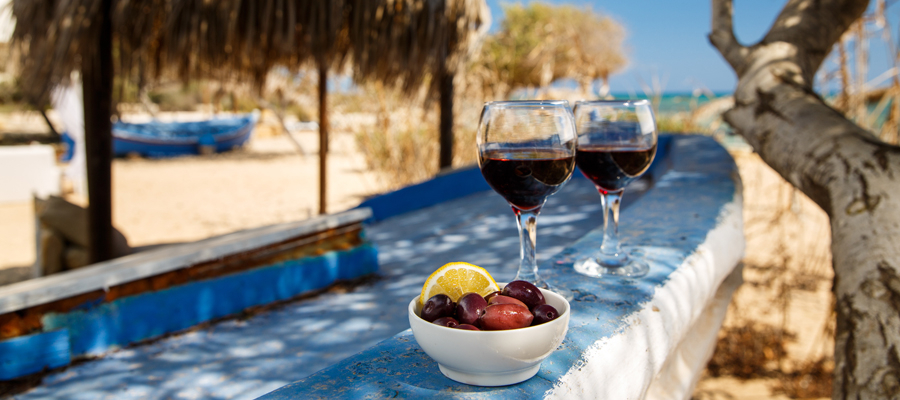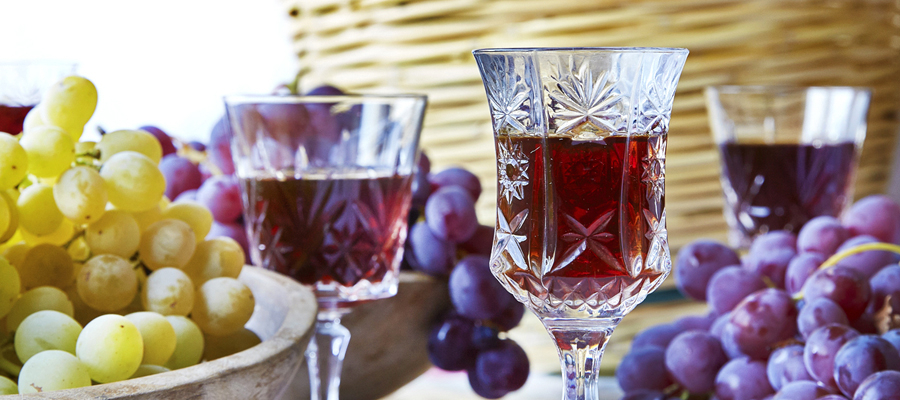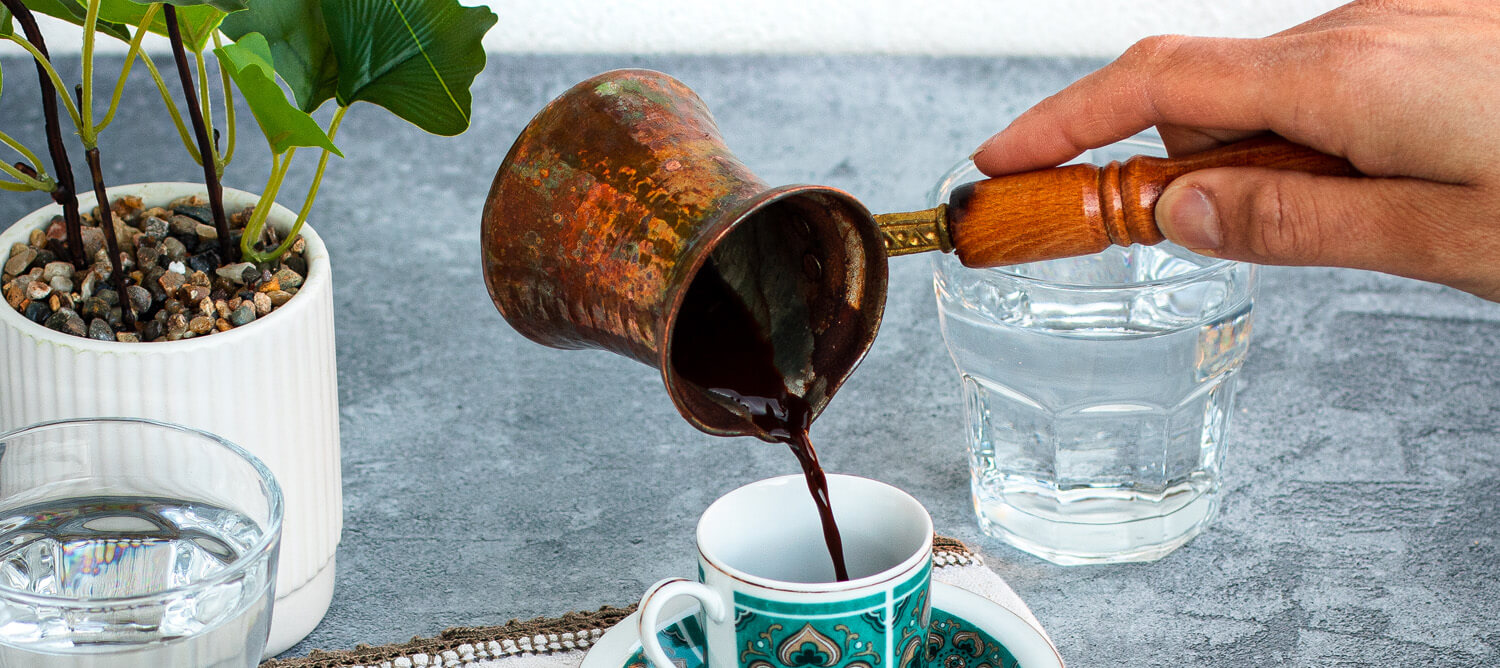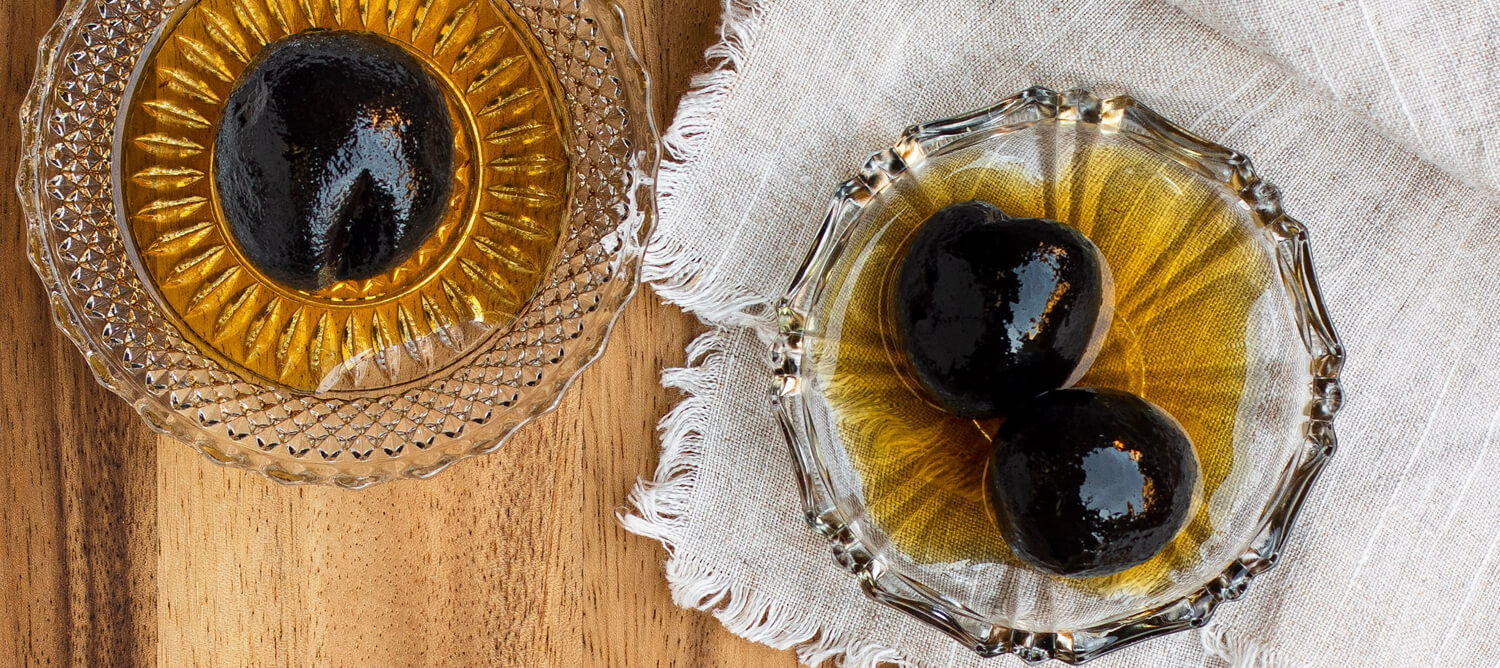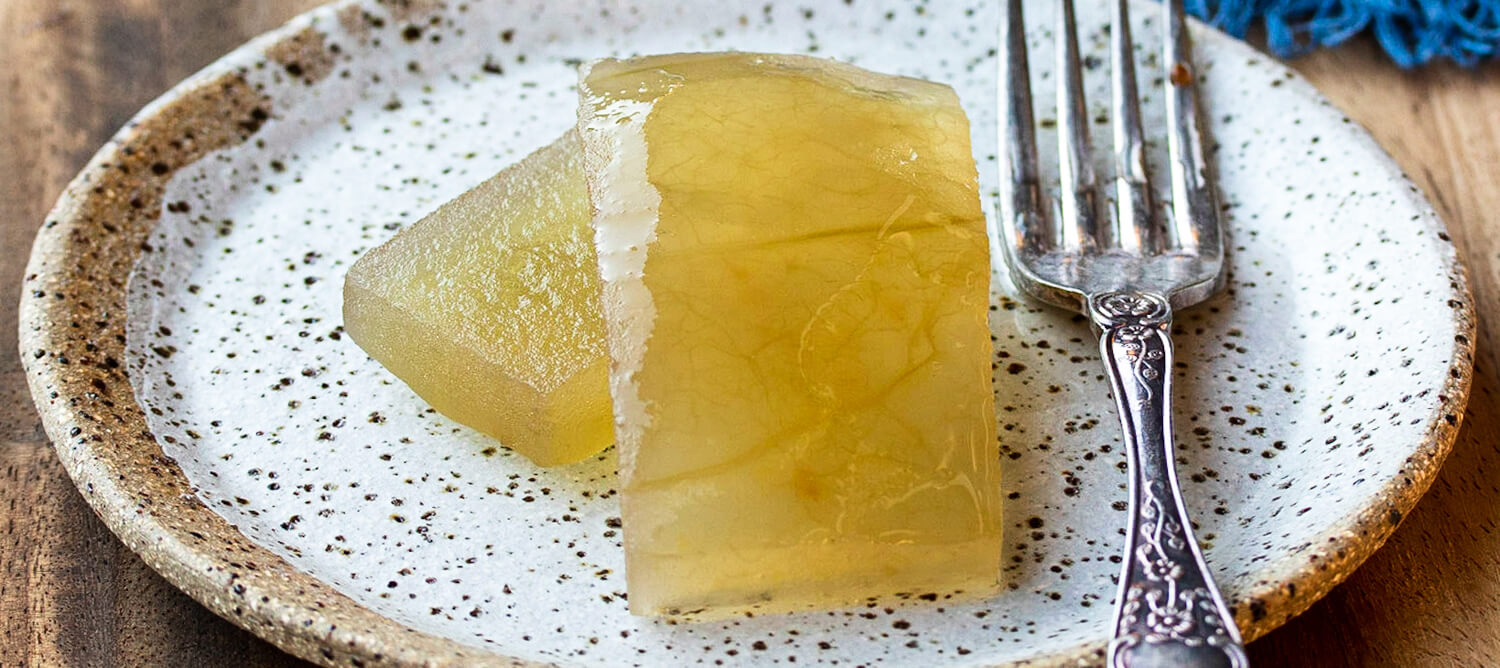The Constantis wreck is one of two wrecks that make up the Dasoudi Marine Protected Area (MPA), alongside the Lady Thetis wreck, with both sunk in 2014 to create an artificial reef and enrich marine diversity, further assisted by a series of concrete structures sunk at the MPA in 2016.
The vessel was once a bottom trawler named Zolotets (built in the USSR in 1989) and is located just 200 metres from the Lady Thetis vessel, making the site perfect for scooter diving, as well as for any level of diver and especially as an introduction to wreck diving.
There is much to explore at this interesting wreck, with easy swim throughs and penetration options. Among the notable features are the deck, pilothouse, the hold, and a wire-wrapped cylinder, whilst the engine room is ideal for wreck specialty courses. A torch is advisable for the darker areas, where the light will also reveal enchanting creatures hiding in all the nooks and crevices.
Marine life at the wreck is teeming since its submerging. Species to spot include bream, damselfish, lionfish, moray eels, parrotfish, sea slugs and tube worms, as well as amberjacks that pass through seasonally. Turtles are also sighted, sometimes nestled in the seagrass.
Location: Dasoudi, Lemesos
GPS Coordinates: 34°40’46.63″N 33° 5’6.67″E
Type of Dive Site: Wreck (also suitable for scooter diving)
Depth: 24metres
Visibility: 20+metres
Dimensions: 23 metres long / 9 metres wide
Access: By boat
Qualification Required: Advanced Open Water / Boat Diver
Dive Category: Recreational Diving

